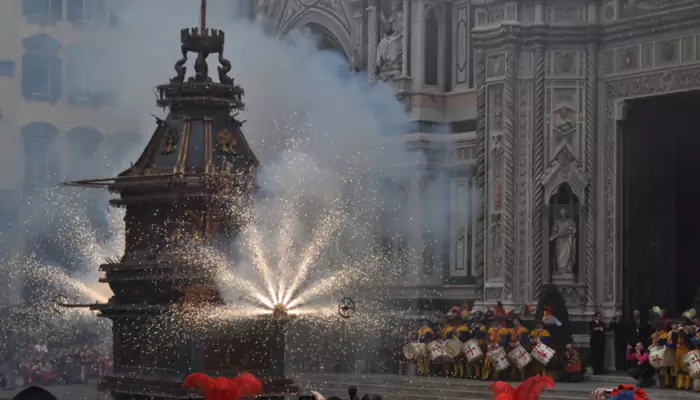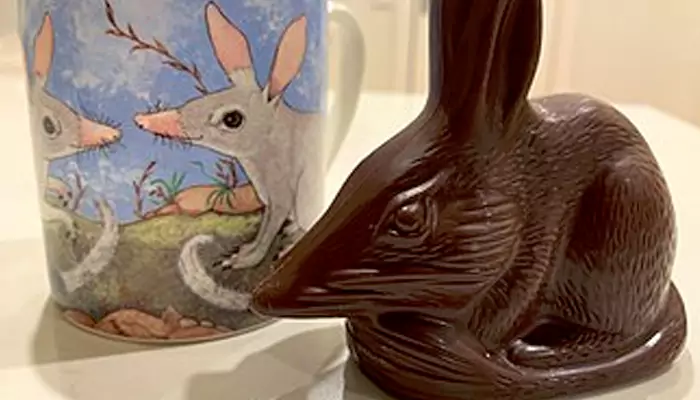
From fireworks in Italy to water fights in Poland, Easter traditions around the world are full of fun, meaning, and unexpected surprises!
With the arrival of spring comes a season of rebirth and celebration. Easter, the Christian festival, commemorates the resurrection of Jesus Christ, who rose from the dead three days after his crucifixion by the Romans. It is a time when traditions unite communities, families, and friends—each embracing their unique ways of celebrating this sacred occasion. Known as Paschal traditions, Easter customs vary widely across cultures and regions. Today, let’s explore some of the most unexpected Easter traditions from around the world.
The Scoppio del Carro, meaning “Explosion of the Cart,” is a centuries-old folk tradition celebrated in Florence, Italy. On Easter Sunday, a cart loaded with fireworks and pyrotechnics becomes the centerpiece of a grand public spectacle. Following the chanting of hymns, the Archbishop ignites a dove-shaped rocket, which travels along a wire toward the cart positioned outside. It sets off the fireworks, creating a dazzling display that holds a special place in the city’s cultural and religious life.

(Credit: Visit Tuscany)
In Austria, Holy Saturday night is marked by the lighting of bonfires on hillsides. These Easter fires continue to illuminate the night skies in regions like Salzburg, Styria, and Carinthia. For weeks leading up to Easter, local men build towering wooden structures, some as tall as ten metres, which are then set ablaze on the eve of Easter Sunday. Though the custom traces back to pagan origins, the Easter fire today symbolizes joy and the resurrection of Christ.
In Poland, Easter Monday—called Śmigus-Dyngus or "Wet Monday"—is joyfully celebrated with a nationwide water fight. Young people in particular take part in this playful custom, splashing one another with water as a fun and affectionate way to mark the end of Lent and the beginning of Easter festivities. This lighthearted tradition is also believed to bring good luck and promote fertility.

(Credit: British Poles)
In Australia, the tradition of enjoying chocolate bilbies during Easter has emerged as a unique alternative to the classic Easter bunny, promoting awareness and conservation of the native bilby—a small, endangered marsupial. Introduced in the 1990s, this relatively recent custom has become a beloved part of Easter celebrations across the country. On Easter Sunday, many Australians opt for bilby-shaped chocolate treats and celebrate Easter in the most meaningful way.

(Credit: Wikipedia)
In the United States, Easter wouldn’t be complete without the iconic Easter bonnet—a fancy schmancy hat that’s become a staple of Sunday church attire. This tradition dates back to the 19th century and gained widespread popularity in the 20th century. Women create beautiful bonnets, typically decorated with flowers and ribbons to wear during Easter services and parades. The Easter bonnet symbolizes renewal, new beginnings, and the festive spirit of the season.